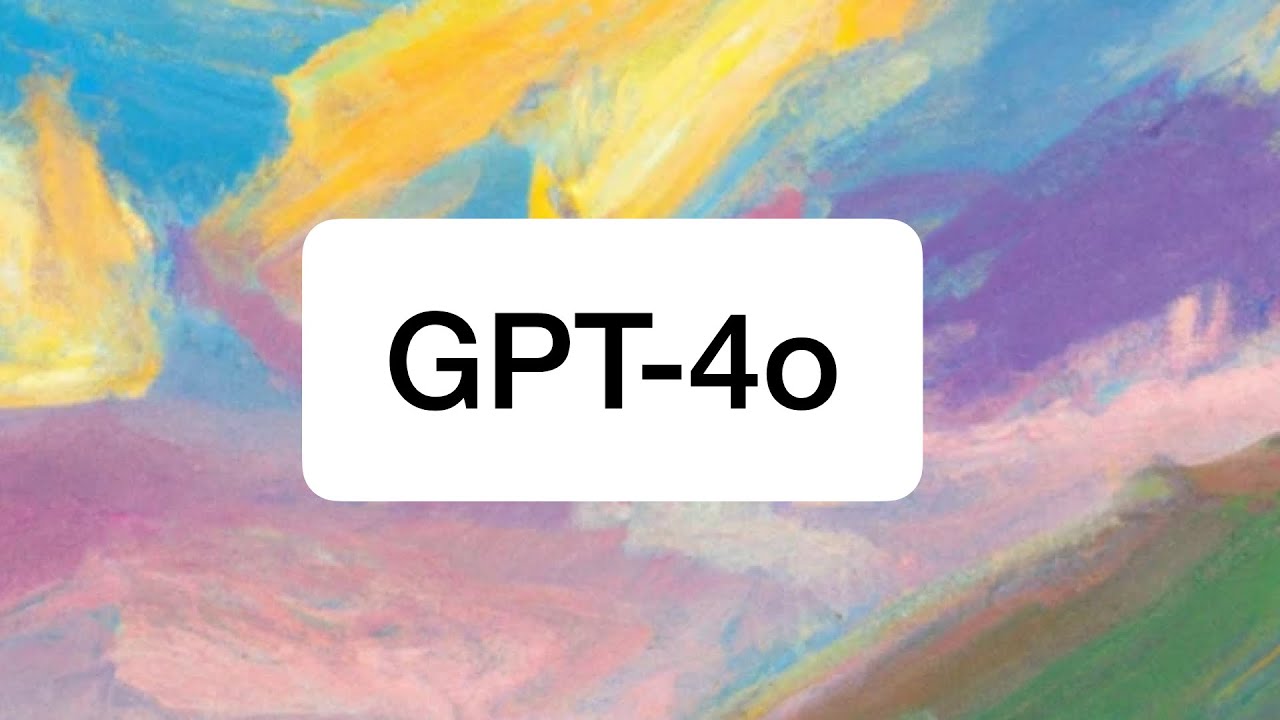The RIGHT WAY To Build AI Agents with CrewAI (BONUS: 100% Local)
Summary
TLDR在这个视频中,演讲者展示了如何使用Lightning AI来构建一个高效的Crew AI团队。Lightning AI不仅提供了一个基于云的代码编辑器,允许团队成员在云端协作编写代码,还可以利用开源模型来增强功能。视频中,演讲者首先创建了一个新的Lightning Studio,并在其中建立了一个名为“financial analyst crew”的代码框架。通过YAML文件定义了两个任务——“research company task”和“analyze company task”,以及两个相应的代理——“company researcher”和“company analyst”。接着,演讲者展示了如何使用LangChain和Gro模型来执行这些任务,并最终通过Lightning AI的GPU加速来提高处理速度。此外,还介绍了如何使用Lightning AI的Studio模板来快速启动一个项目,并利用API Builder插件将模型作为API服务暴露出来,从而实现与Crew AI的无缝集成。视频最后,演讲者鼓励观众如果喜欢这个视频就点赞和订阅。
Takeaways
- 🚀 介绍了如何使用Lightning AI搭建一个基于云的协作代码编辑器和开源模型的Crew AI团队。
- 📂 创建一个新的Studio和代码工作室,以便在云端进行项目管理和环境管理。
- 🔧 采用模块化的方式构建Crew AI代码框架,使用yaml定义代理和任务。
- 🛠️ 定义任务和代理,通过在配置文件中编写代码来明确它们的角色和目标。
- 🔄 通过迭代和复制任务定义,快速创建多个任务,每个任务对应一个代理。
- 📈 展示了如何为金融分析团队创建任务,例如研究特定公司和分析公司财务状况。
- 🤖 为每个任务创建代理,如金融研究员和金融分析师,并为它们设置详细的背景故事和目标。
- 📋 编写主文件main.py,将代理和任务组合在一起,创建Crew AI的运行流程。
- 🔗 介绍了如何使用Lang chain和Grock来连接和驱动Crew AI中的代理。
- 🛠️ 演示了如何使用Poetry来打包和管理项目依赖,为项目创建一个虚拟环境。
- 🔧 通过Lightning AI的API Builder插件,将Crew AI与OpenAI兼容的API端点连接。
- 🎉 强调了使用Lightning AI的GPU资源来加速大型模型的推理过程,并展示了实际操作过程。
Q & A
视频介绍了使用什么工具来搭建Crew AI团队?
-视频介绍了使用Lightning AI,这是一个云端代码编辑器,可以与他人协作编辑代码,并能够为开源模型提供动力。
Crew AI的代码库在未来将会是什么样子?
-Crew AI的代码库在未来将会是非常模块化的,拥有独立的工具区域,使用YAML定义代理和任务,并且所有内容都会汇集到一个简短的main.py文件中。
为什么要使用Lightning AI来管理Python环境?
-使用Lightning AI可以避免Python环境管理带来的头痛问题,因为它本质上是一个每次启动都是全新环境的云端代码编辑器。
在Crew AI中,如何定义任务和代理?
-在Crew AI中,任务和代理通过在config文件夹中创建相应的.yaml文件来定义,其中包括角色、目标、背景故事等信息。
视频提到了哪些金融分析中的重要指标?
-视频提到了盈利能力比率、流动性比率、偿债能力比率等金融分析中的重要指标。
如何使用Lightning AI的GPU来为开源模型提供动力?
-通过在Lightning AI的云端环境中配置模型,设置相应的GPU参数,并将模型通过API与Crew AI团队集成,从而使用Lightning AI的GPU为开源模型提供动力。
视频最后提到了哪些步骤来运行和测试Crew AI团队?
-视频最后提到了使用Poetry来整合项目、安装依赖、运行项目以及测试使用不同的模型(如Gro和Mixol)来驱动Crew AI团队的步骤。
如何将Crew AI团队的API端点暴露出来?
-通过使用Lightning AI的API Builder插件,设置端口和启用认证,然后获取基础URL,最后在Crew AI代码中使用这个URL来替换原来的模型配置。
视频提到了哪些工具来帮助分析公司的财务表现?
-视频提到了使用SEC工具来帮助分析公司的财务表现,这是一个已经存在于Crew AI示例库中的工具。
在视频中,为什么要在不同的任务中使用不同的模型?
-在不同的任务中使用不同的模型可以根据任务的具体需求选择最合适的模型,例如,某些任务可能需要更专业的财务分析模型,而其他任务可能只需要基本的信息检索功能。
视频提到了哪些步骤来确保Crew AI团队的结构正确?
-视频提到了创建源文件夹、定义任务和代理、创建主文件以及使用Poetry进行项目整合等步骤来确保Crew AI团队的结构正确。
Outlines

This section is available to paid users only. Please upgrade to access this part.
Upgrade NowMindmap

This section is available to paid users only. Please upgrade to access this part.
Upgrade NowKeywords

This section is available to paid users only. Please upgrade to access this part.
Upgrade NowHighlights

This section is available to paid users only. Please upgrade to access this part.
Upgrade NowTranscripts

This section is available to paid users only. Please upgrade to access this part.
Upgrade NowBrowse More Related Video

I Built a Sports Betting Bot with ChatGPT

Self Reflecting Agents - Autogen Producing Amazing Production Level Results (Real Business Use Case)

OpenAI发布会快速解读+全程双语回放|地表最强模型GPT-4o免费发布|AI进化论-花生

【手把手教學】如何用AI做睡前故事,月入1w美金,引流特定用戶 Earn Money With AI By Faceless Kids Bedtime Story Video

Multiple JDBC Clients - How to configure multiple DataSources in Spring

Create a List of Todo items in SwiftUI | Todo List #1
5.0 / 5 (0 votes)
